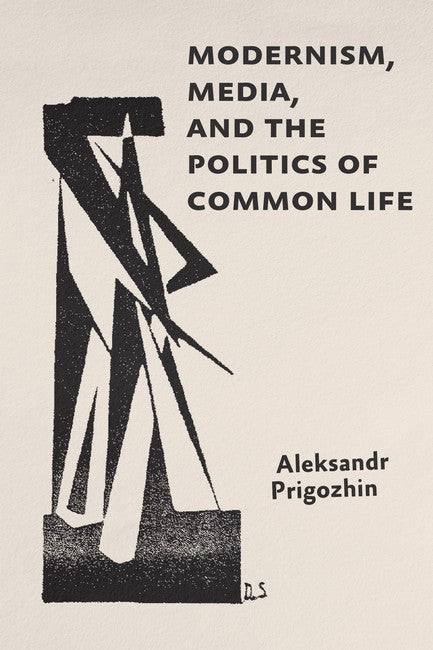Aleksandr Prigozhin has taught English and Comparative Literature at Utrecht University and the University of Denver.
Description
Acknowledgments Introduction 1. "The Dust of Mens Lives": Impressionism and the Matter of Common Life 2. Porous Enclosures: Virginia Woolfs Cellular Architectures 3. Listening In: D.H. Lawrence and the Wireless 4. On Communist Soil: Sylvia Townsend Warner and Andrei Platonov 5. Figure, Network, Cloud: Late Interwar Infrastructures Coda Notes Works Cited Index
I am half in love with the typewriter and the telephone says one of Virginia Woolfs characters. British modernism had a polyamorous affair with media—crowds and wireless, soil and fog. Aleksandr Prigozhin brilliantly cultivates a neglected source for figuring media as the elemental materials of our common life. Visionary and revisionist.
—John Durham Peters, Yale University
Aleksandr Prighozin has written a book that is both remarkably timely, and scrupulously historical. In brilliant readings of modernist fiction, he shows how British writers imagined the fraught worlds they created as expressions of the media—from the most primordial to the radically contemporary—with which they argued, desired, and, just like us, did their best to make livable.
—Mark Goble, author of Downtime: The Twentieth Century in Slow Motion
Aleksandr Prigozhin draws something between an atlas and a blueprint of minor, ambivalent, and intimate media—the substances and technologies that are insistently central to a vision of common life through the first half of the twentieth century, and that prefigure the forms to come. This powerful vision is instructive not only for the robust historical account of media and common life, but also for its potential to offer a renewed pedagogy for understanding our own ambivalent mediations.
—Kate Marshall, author of Novels by Aliens: Weird Tales and the Twenty-First Century
As the public modernism of our infrastructure fails or is dismantled, Aleksandr Prigozhin looks to the moment of its emergence—to the decades when infrastructure became ubiquitous, environmental, both a means toward and an image of the common life to come. The lesson: if you want to reimagine the collective, historicize the connective.
—Paul K. Saint-Amour, author of Tense Future: Modernism, Total War, Encyclopedic Form

